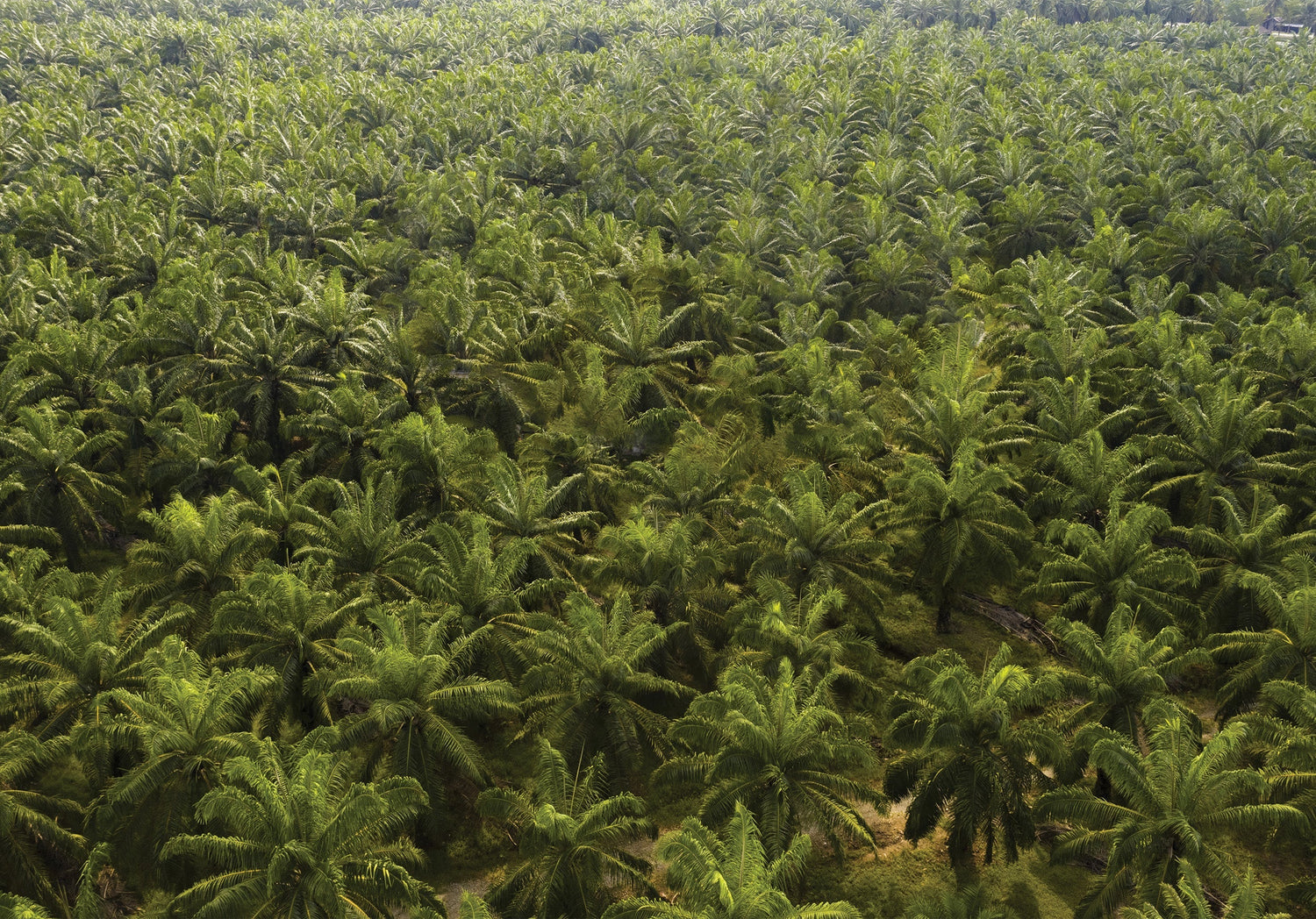Farmers are increasingly transitioning to organic coconut cultivation. However, the significant export of biomass from coconut production systems, including fronds, spathes, nuts, and buttons, leads to a rapid decline in soil organic carbon. The use of organic manures helps maintain a healthy ecosystem, preserves soil structure, and conserves moisture. Farmyard manure, an affordable nutrient source with an average N-P-K composition of 0.5-0.2-0.5%, can be applied at a rate of 50 kg per palm annually. Alternatively, vermicompost can be used at a rate of 5 kg per palm per year. Additionally, well-decomposed poultry manure, with an average nutrient content of 3% N, 2.5% P2O5, and 1.4% K2O, can be applied at a rate of 10 kg per hectare. Coconut spathes, spadices, and leaves with sheaths can also be recycled in coconut plantations through appropriate composting methods to enhance soil fertility.
Sheep and goat droppings are rich in nutrients, containing approximately 3% nitrogen, 1% phosphorus (P2O5), and 2% potassium (K2O). A common practice among farmers is sheep penning, where the soil is enriched with urine and fecal matter. Growing green manure crops is one of the simplest and most cost-effective ways to increase the organic matter and humus content of the soil. Incorporating green manure enhances soil structure and improves its physical properties, such as water absorption, aeration, and drainage. Additionally, it boosts soil nutrient levels, releases essential plant nutrients, and prevents nutrient loss through leaching, while also stimulating biological activity in the soil.
Green manure crops can be cultivated at the onset of the monsoon. Among these, cowpea, sunhemp, daincha, horsegram, and cover crops like Calapagonium muconoides and Pueraria javanica are commonly grown and incorporated directly into the soil. Additionally, Glyricidia and Tephrosia candida are grown along bunds, hedges, and borders, with the green matter periodically cut and applied to coconut gardens. Green manuring provides an effective solution to address organic matter deficiency, particularly in the west coast region, where coconut is cultivated on a plantation scale.
Cowpea and sunhemp are fast-growing, succulent green manure crops that thrive in well-drained, fertile soils without water stagnation. Sown at a seed rate of approximately 30 kg/ha, they are ideally planted with the arrival of the Southwest monsoon in June. In about three months, these crops reach peak growth at the flowering stage, producing around 7,000 kg of green matter per hectare, which is then incorporated into the soil during the post-monsoon period (August-September). Wild sunhemp (Crotalaria striata), a hardy plant capable of withstanding harsh conditions such as heavy rainfall or drought, and resistant to pests and diseases, also serves as a valuable green manure crop. Daincha is another robust crop that thrives in shaded coconut gardens, as well as in clayey and saline soils. With a seed rate of 30 kg/ha, it takes about four months to achieve maximum vegetative growth, yielding approximately 10,000 kg of green matter per hectare.
1.Cowpea
2.Sunhemp
3.Daincha
4.Gliricidia
Fig: Green manures for coconut
Gliricidia can be propagated either from seeds or cuttings, while *Tephrosia* is exclusively grown from seeds. The bushes are pruned periodically, particularly during the monsoon season, and the leaves and tender shoots are incorporated around the basins of coconut palms, where they decompose quickly. Sunhemp seeds can be sown at a rate of 50 g per basin and incorporated into the soil at first flowering or 45 days after sowing (DAS).
Biofertilizers in coconut cultivation
The use of biofertilizers is gaining importance due to the rising costs of chemical fertilizers and the decreasing efficiency of nutrient use. Biofertilizers aid in nitrogen fixation, phosphorus solubilization, and nutrient mobilization. Approximately 50 g each of Azospirillum, phosphobacteria, and VAM can be applied to the circular basins. It is essential to ensure adequate moisture in the basins when applying biofertilizers. Phosphobacteria aids in phosphorus solubilization, while Vesicular Arbuscular Mycorrhizae (VAM) assists in phosphorus mobilization. Biofertilizers can also be mixed with compost and applied to the soil.
Cover Cropping
In coconut gardens, cover cropping is beneficial for weed control, soil erosion prevention, temperature regulation, and organic matter enrichment. Fast-growing leguminous cover crops such as Mimosa invisa, Pueraria phaseoloides, Calopogonium mucunoides, and Centrosema pubescens quickly cover the soil surface. These crops are a rich source of organic matter, and during summer, their dry leaves and plant parts cover the soil, helping regulate soil temperature and acting as an effective organic mulch. Cover cropping is especially suitable for sloping and uneven terrains, where soil erosion poses a significant problem and weed control is challenging and expensive. However, in areas where soil moisture is limited, cover cropping should be avoided, as these crops rapidly deplete moisture due to their fast growth.

1.Mimosa
2.Calapogonium
Concoctions used under Organic farming
• Bijamirth
• Jeevamirth
• Gnanajeevamirth
• Saptdhanyaankur ark
• Panchagavya
• Arappu buttermilk karaisal
• Amutham solution
• Fish amino acid
• Egg amino acid
• Effective micro-organisms
